Summer 2018 G&G: Diamonds Across the Spectrum, Byzantine Garnet, and Sapphires from Yogo Gulch
August 6, 2018
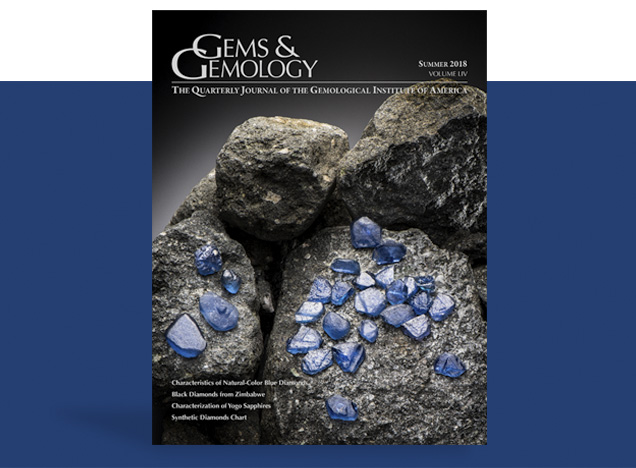
Thanks to notable diamonds such as the Hope and the Blue Moon of Josephine, there is greater public awareness of blue diamonds than any other fancy color. The lead article of the Summer 2018 Gems & Gemology reviews the characteristics of the more than 15,000 blue, gray, and violet diamonds examined at GIA’s labs over the past decade, while another article investigates the color origin of Fancy Dark brown-black diamonds from Marange, Zimbabwe. Other diamond-related content includes a synthetic diamonds chart and a new column about the value of natural diamonds to our understanding of the Earth. The issue also features a study of Japanese bead-cultured pearls from Lake Kasumigaura, traces the origins of an engraved Early Byzantine almandine garnet, and examines the characteristics of sapphires from Yogo Gulch, Montana.
NATURAL-COLOR BLUE, GRAY, AND VIOLET DIAMONDS: ALLURE OF THE DEEP
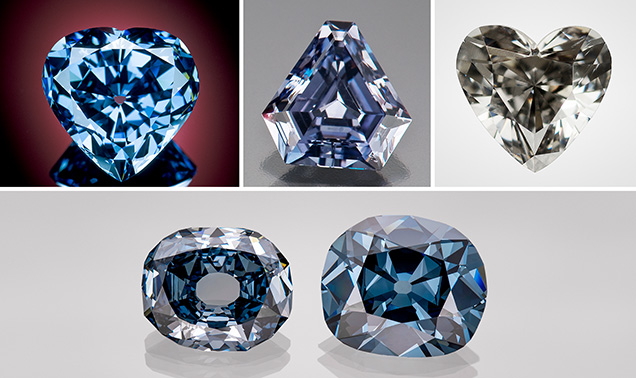
Almost all fancy-color diamonds in the blue/gray/violet range attribute their hue to four main causes, which include structural defects and the presence of inclusions. The Summer issue’s lead article, by Sally Eaton-Magaña, Christopher M. Breeding, and James E. Shigley, reports on these color-causing mechanisms. The authors delve into the gemological characteristics and spectral properties of the 15,000+ natural, untreated blue/gray/violet diamonds examined at GIA’s labs over the past decade.
BLACK DIAMONDS FROM MARANGE (ZIMBABWE): A RESULT OF NATURAL IRRADIATION AND GRAPHITE INCLUSIONS
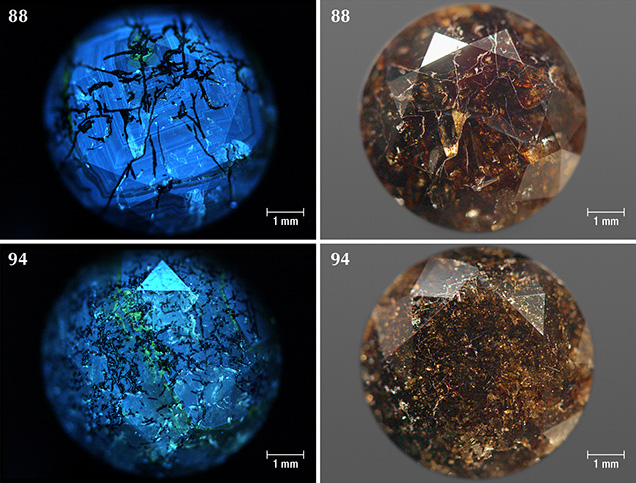
Graphite-containing diamonds from the alluvial deposits in Marange, Zimbabwe, may be heat treated to yield gem-quality material, but this may create difficulty in distinguishing these specimens from naturally occurring black diamonds. Karen Smit and her coauthors examine the characteristics of a suite of 40 Fancy Dark brown-black diamonds from Marange in order to document the characteristics that would separate them from treated material. The authors uncover various causes of color in these diamonds.
AN EARLY BYZANTINE ENGRAVED ALMANDINE FROM THE GARIBPET DEPOSIT, TELANGANA STATE, INDIA: EVIDENCE FOR GARNET TRADE ALONG THE ANCIENT MARITIME SILK ROAD
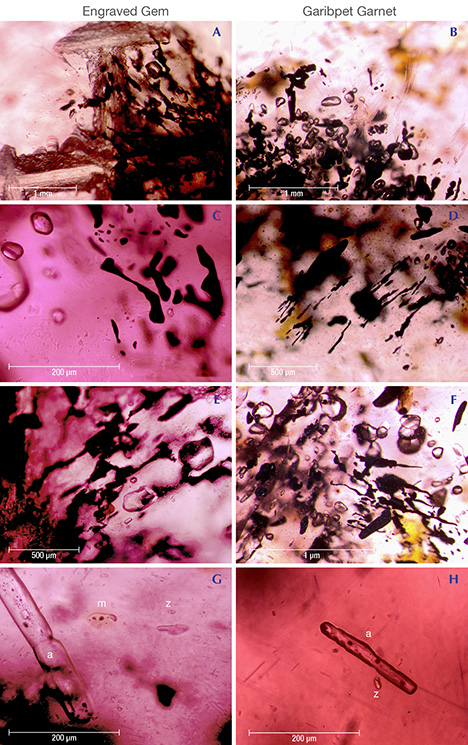
An almandine garnet engraved with a Christian stepped-cross motif popular on Byzantine coinage is the focus of this study by H. Albert Gilg, Karl Schmetzer, and Ulrich Schüssler. Nondestructive analytical methods indicate that the almandine is most likely from India’s Garibpet deposit, giving credence to garnet trade between the eastern coast of India to the Byzantine Empire during the early Middle Ages.
CULTURED PEARLS FROM LAKE KASUMIGAURA: PRODUCTION AND GEMOLOGICAL CHARACTERISTICS
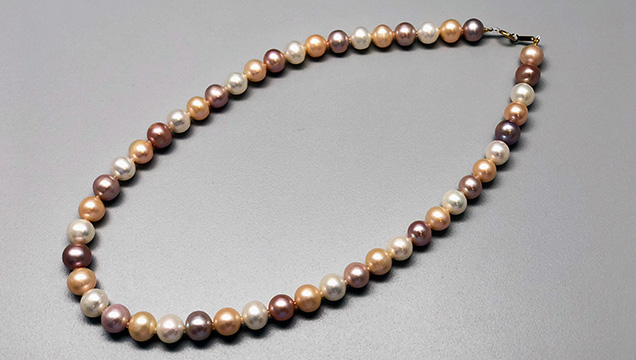
Freshwater pearl culturing began in pre-World War II Japan and reached its peak between 1970 and 1980, only to be overtaken by Chinese production. Current Japanese production at Lake Kasumigaura—Japan’s second-largest lake—is comparatively low, but these cultured pearls have become quite popular in the United States and Europe. Ahmadjan Abduriyim relates the history of Japanese freshwater bead-nucleated pearls, as well as the current state of production and the characteristics of the many-colored specimens.
GEMOLOGICAL CHARACTERIZATION OF SAPPHIRES FROM YOGO GULCH, MONTANA
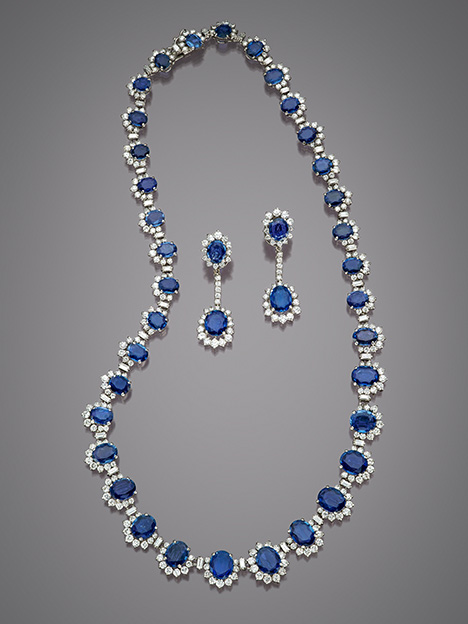
Yogo sapphires are renowned for their clarity and vibrant blue color, and their unique characteristics make them easily recognizable to experienced gemologists. However, mining interests have long found it difficult to maintain long-term activity at this source. In this article, Nathan Renfro, Aaron Palke, and Richard Berg offer a comprehensive look at the history, gemological properties, and trace-element chemistry of the corundum yielded from this important gem deposit in the United States.
SYNTHETIC DIAMONDS CHART
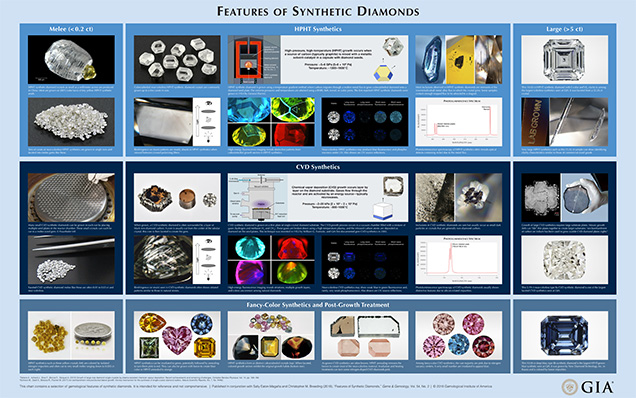
Our newest wall chart, coordinated by Sally Eaton-Magaña and Christopher M. Breeding, presents a visual guide to the growth processes and major gemological spectroscopic features of synthetic diamonds grown by the high-pressure, high-temperature (HPHT) and chemical vapor deposition (CVD) methods. Additional resources for further study are also provided.
LAB NOTES

GIA’s labs report on an emerald imitation created from a beryl and glass assemblage, one natural melee diamond found among a batch of 1,092 HPHT synthetic melee, and a large pinkish orange CVD synthetic diamond.
DIAMONDS FROM THE DEEP

G&G’s newest section highlights the importance of diamond in understanding our planet’s geological formation. This issue’s column focuses on the role diamonds play in understanding the depths at which water is found in the deep earth.
MICRO-WORLD
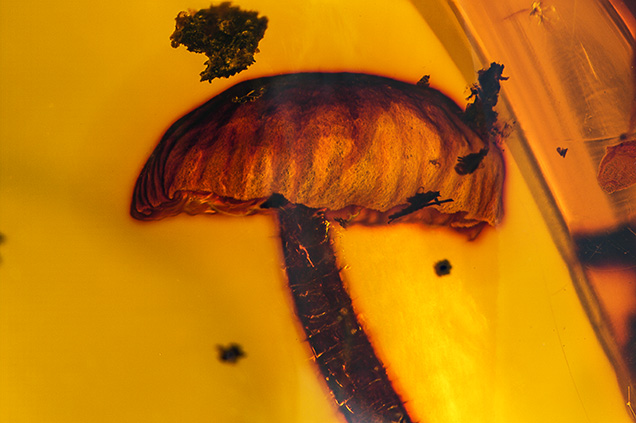
A mushroom encased in copal, tanzanite with whisker-like merelaniite inclusions, and a star spinel with four and six rays are among the specimens featured in our photomicrography and inclusions section.
GEM NEWS INTERNATIONAL

Notes from the around the world highlight color-change grossular garnets from Ethiopia, a Mozambican green-blue Maxixe-type beryl, the Gemstones and Sustainable Development Knowledge Hub, and the separation of glass-filled rubies using the DiamondView instrument.
Jennifer-Lynn Archuleta is the editor of Gems & Gemology.



